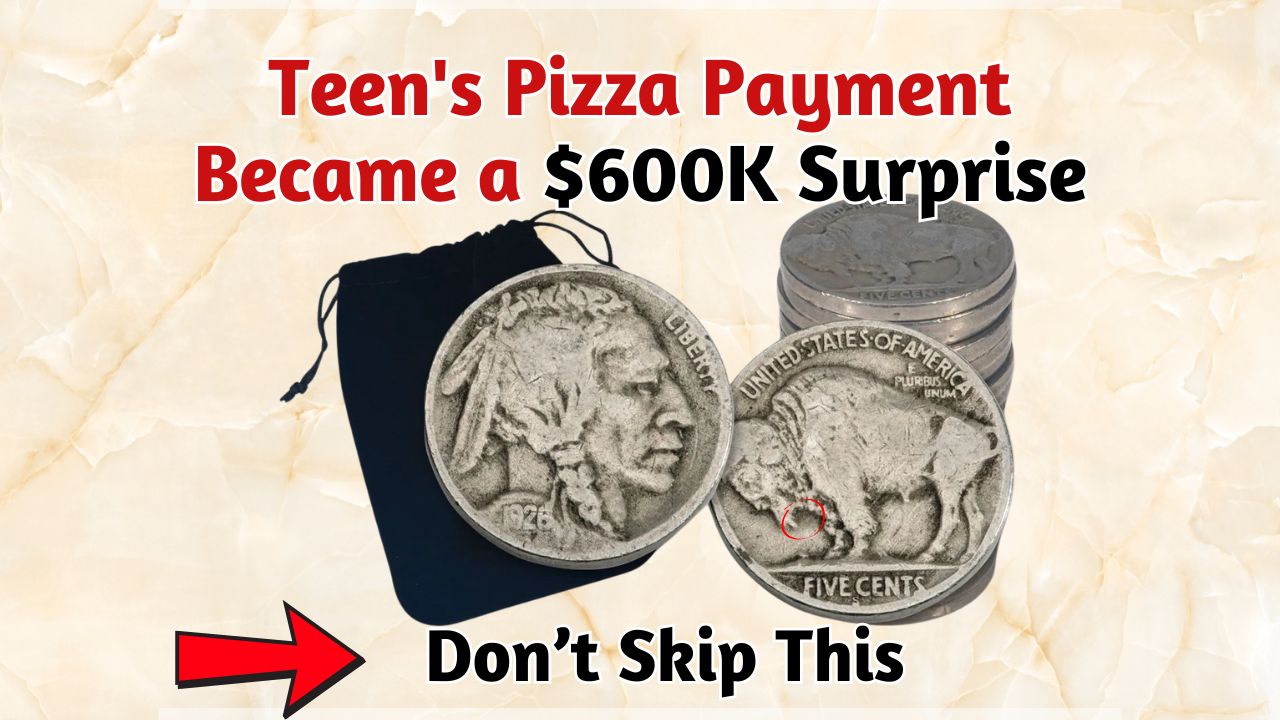Whispers echo in numismatic circles—tales of a copper disc, no bigger than a thumbnail, bearing the face of Lincoln and an aura of untold wealth. Whispers that a solitary Wheat Penny, glimmering from the shadows of obscurity, might command a value of $333 million. Outlandish? Possibly. But this isn’t mere fantasy—it’s a story rooted in rarity, dusted in copper, and soldered by mystery.
Birth of a Numismatic Titan
The year was 1909. The air hummed with progress, and from the crucible of patriotic craftsmanship emerged the Lincoln Wheat Penny. Victor David Brenner etched Lincoln’s likeness into history, while reverse-side wheat stalks whispered tribute to America’s agrarian heart. Billions were struck, pocketed, forgotten. Yet, amidst the torrent of copper churned from the Mint’s bowels, anomalies emerged—mistakes, rarities, deviations. These are not just coins; they are relics that defy predictability.
The Coin of Impossible Worth
A penny worth $333 million would defy valuation models, economic logic, and the very fabric of casual disbelief. For such a coin to exist, it would need to transcend all existing parameters: a phantom minting error unseen in archives, immaculate condition unmarred by time’s talons, a year shrouded in presidential or monetary upheaval. Experts murmur about hybrids—coins accidentally struck on silver planchets, or minted during wartime fluxes. A single Lincoln Wheat Penny, bearing a constellation of abnormalities, could, in the fevered collective imagination, attain mythic valuation.
Legends Cast in Copper
The 1909-S VDB: a coin whose initials stirred scandal, only to be erased, turning it into a whispered name in numismatic taverns. The 1943 copper cent: an anachronism forged in the steel storm of World War II. Minted when steel should have reigned, these copper phantoms have fetched over a million in open bidding arenas. Their very existence mocks monotony, reminding seekers that fortune sometimes gleams under oxidized patina.
From Lunch Counters to Legend
A man in Massachusetts unwraps a sandwich and finds, among the quarters and dimes, a six-figure penny. Another sorts bank rolls as a hobby and uncovers a double-die anomaly that pays for a car. These aren’t fairy tales; they are filings from real lives. They are siren songs to treasure hunters, inviting hands to dip into dusty jars and decades-old shoeboxes. The $333 million myth? Perhaps a fable. But each discovery fans its embers.
How to ٖIdentify Million-Dollar Penny
Begin where the story does: the wheat-back. Reverse side tells you if you hold history. Then, eyes to the date and the tiny letter beneath it—D for Denver, S for San Francisco, or no mark at all. Some dates, like 1914-D or the 1922 “ghost” mintmark, beckon with rarity. Magnifiers reveal scars of minting errors—double strikes, ghostly impressions, off-center enigmas. These imperfections? They’re perfection in a collector’s eyes.
Why the Madness Persists
To chase coins is to chase time. The Lincoln Wheat Penny is a nexus of history, artistry, and happenstance. You don’t need a safe or a vault; just a glance at your change. Maybe what glints there is not copper alone, but story—long forgotten, briefly remembered. Even if you never cradle the $333 million myth, you might still find a hundred-dollar whisper, a thousand-dollar ghost.
Opening the Portal
The first step? Check your pocket. The second? Curiosity. No microscope required. Your magnifying glass is curiosity itself, peering into the annals of American history one coin at a time. Forums abound. App-based guides live in your palm. And community—fueled by folklore and fiscal thrill—waits with open hands.
Even if the $333 million Wheat Penny is an illusion birthed from the mist, the journey is real. Every flicked coin is a dice roll across time. Every Wheat Penny might carry echoes of war, labor, or legacy. In your change lies the improbable.
FAQs
Is the $333 million Lincoln Wheat Penny real?
No confirmed record exists of a Lincoln Wheat Penny selling for $333 million; it remains a speculative or mythical valuation.
What makes a Lincoln Wheat Penny valuable?
Key factors include rarity, minting errors, specific historical dates, and immaculate condition.
Which Lincoln Wheat Penny is the rarest?
The 1943 copper cent and 1909-S VDB are among the most prized and rarest Wheat Pennies.
Can I still find Wheat Pennies in my change?
Yes, although uncommon, Wheat Pennies do occasionally appear in pocket change or old coin jars.
How can I check if my penny is valuable?
Look for pre-1959 wheat-back designs, mintmarks, and unusual errors such as double-die strikes or off-center prints.













I have a 1917 weath penni is it worth a valuable money??
I have a 1917 weath penni is it worth 🤔 values in money need to know please,
I have a 1936 wheat penny
Who will buy these coin in tn